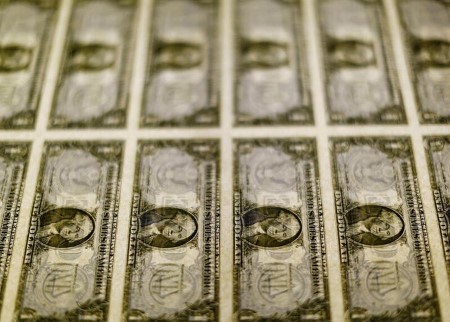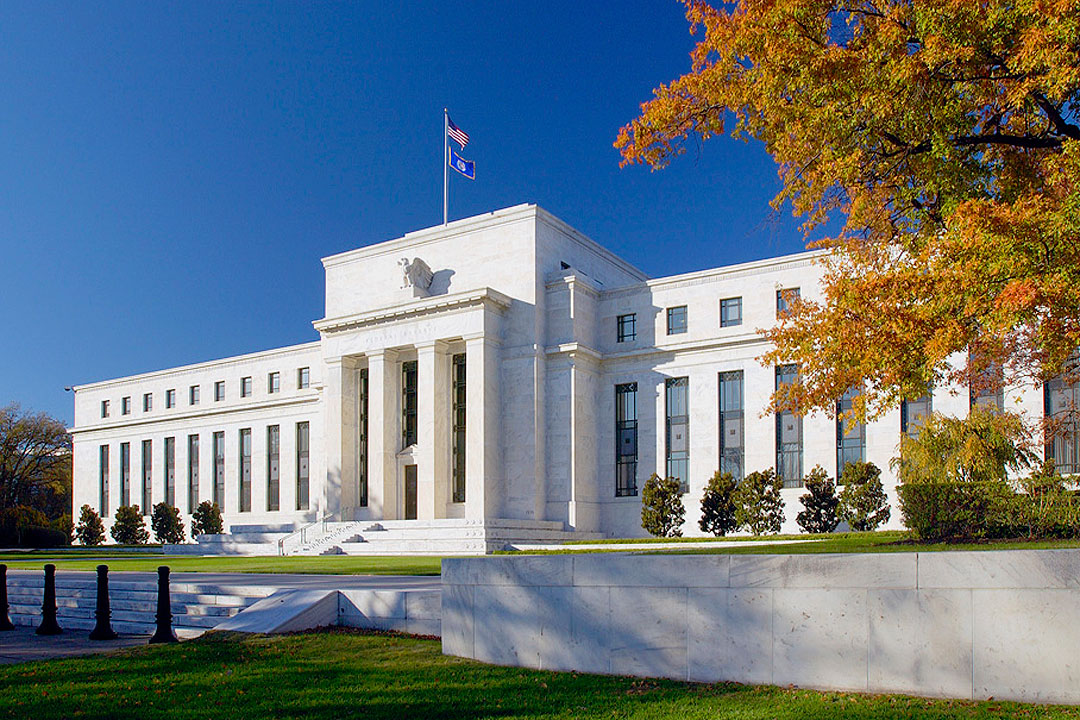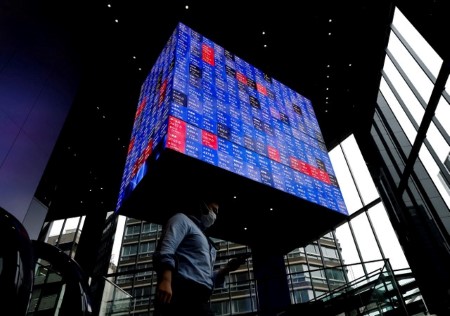NEW YORK – US Treasury longer-dated yields edged higher on Tuesday, as investors assessed the likelihood that the US economy will be able to avoid a recession, while a two-year note auction showed better than expected demand.
The closely watched gap between yields on two- and 10-year Treasury notes, considered a gauge of growth expectations, reduced its inversion to the narrowest gap in three weeks. It was last at minus 7.3 basis points versus minus 12.4 bps late on Monday.
The inversion was reduced further following a two-year note auction with stronger-than-expected demand.
The narrower inversion suggested that the bond market is pricing in the Federal Reserve’s easing cycle, which is likely to start next month.
“Generally we’ve seen very good buying out of Japan in the month of August … and generally the U.S accounts are buying as well, getting ready for Fed rate cuts totally possibly 100 (bps) through December,” said Tom di Galoma, managing director and head of fixed income at Curvature Securities in Park City, Utah.
Traders are now betting on an interest rate cut of either 25 or 50 basis points in September, according to CME Group’s Fed Watch tool.
Investors also digested the day’s earlier economic data, with 10-year yields dipping briefly after data showing US single-family home prices fell in June, leading to the smallest annual increase in nearly a year.
The yield on the benchmark US 10-year Treasury note rose 1.3 bps to 3.831%. The yield on the 30-year bond rose 1.7 bps to 4.125%.
The two-year US Treasury yield, which typically moves in step with interest rate expectations, fell 2.9 bps to 3.905%.
A separate report showed US consumer confidence rose to a six-month high in August amid optimism over the economic outlook, but Americans are becoming more anxious about the labor market
Investors await July Personal Consumption Expenditure data due on Friday for additional hints about the path of rate cuts.
Investors have been trying to gauge how aggressive the Fed may be in cutting interest rates to avoid a recession.
UBS Global Wealth Management has raised the odds of a US recession to 25% from 20%.
“The question is how slow is the economy slowing. That’s going to determine how fast the Fed is going to ease,” said Stan Shipley, fixed income strategist at Evercore ISI in New York.
“Generally over the last two weeks or so the odds of a 50 (bps cut) have climbed higher. As a consequence, the Treasury market and other sovereign yields are saying if central banks are easing faster, the odds of a recession are going to be going down.”
Yields dropped last week after the Fed signaled in Jackson Hole, Wyoming, that it was ready to cut rates.
Fed Chair Jerome Powell endorsed an imminent start to a rate cut from the central bank, noting a further cooling in the labor market would be unwelcome while signaling confidence inflation is within reach of its 2% target.
(Reporting by Caroline Valetkevitch; editing by Jonathan Oatis)







 DOWNLOAD
DOWNLOAD









